SERVICES
ETSA Answer Your Pest Problems
On IPM (Integrated Pest Management) Based Pest Management Program
IPM as the program uses a variety of pest management compatible methods. Thus, it is expected that the damage caused by pests is not economically detrimental, not harmful to humans animals, plants and the enviorement, yet the population of these organisms remains below the endangered level.
IPM programs in urban areas are highly dependant on the individual velue systems or threshold that are generally associated with aesthetical and economical considerations. IPM does not exclude pesticides but integrate them with certain strategies to maintain pests at economical acceptable level while minimizing the negative impact to the ecology and social.

INSPECTION / SURVEY
Is a foundation of IPM, the purpose of an inspection is to determine what type of pest is present, the location of active pest harborage and the environmet in which the infestation exist.
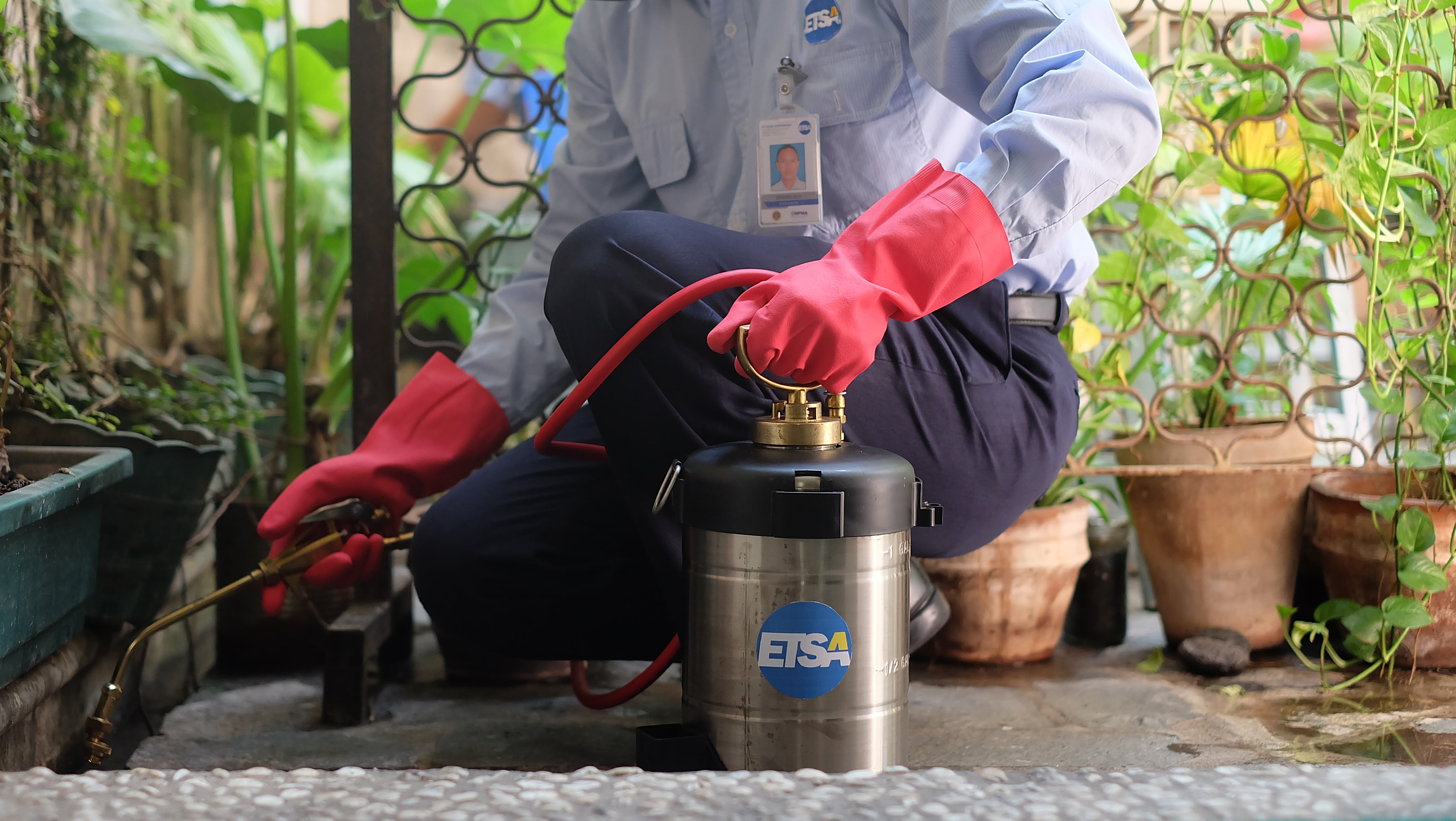
IDENTIFICATION
Solving a pest infestation depends on finding the active harborage,which depends on the identify of the pest as each species has its preferred breeding conditions and habits.

RECOMMENDATION
Customer education, participation in problem solving to establish a working partnership for a successful treatment (Pest Management Program)
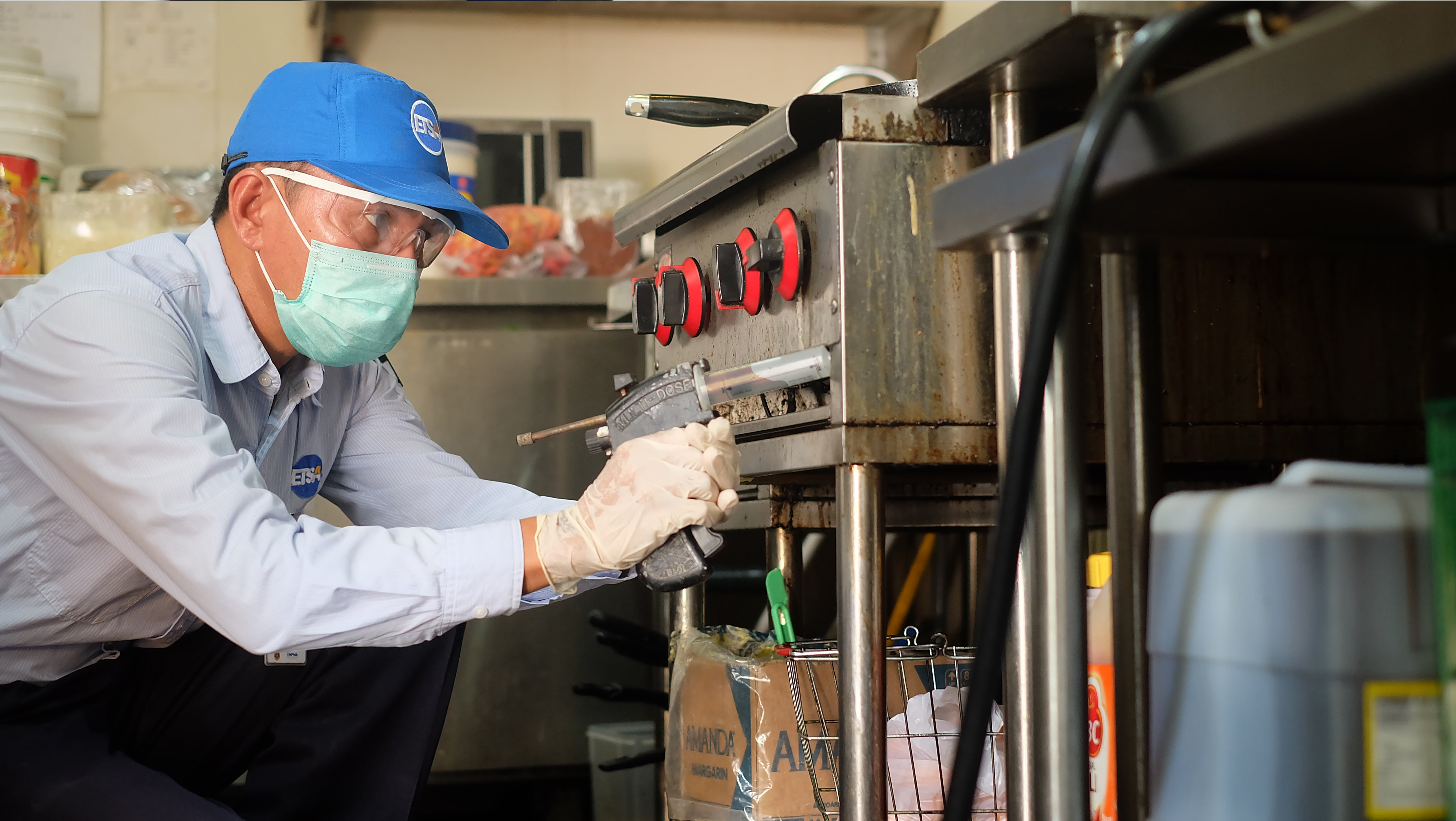
TREATMENT
IPM is a part of a continuum that leads to an environmentally responsible. This is the consequenses that chemicals should be used as a last resort only.
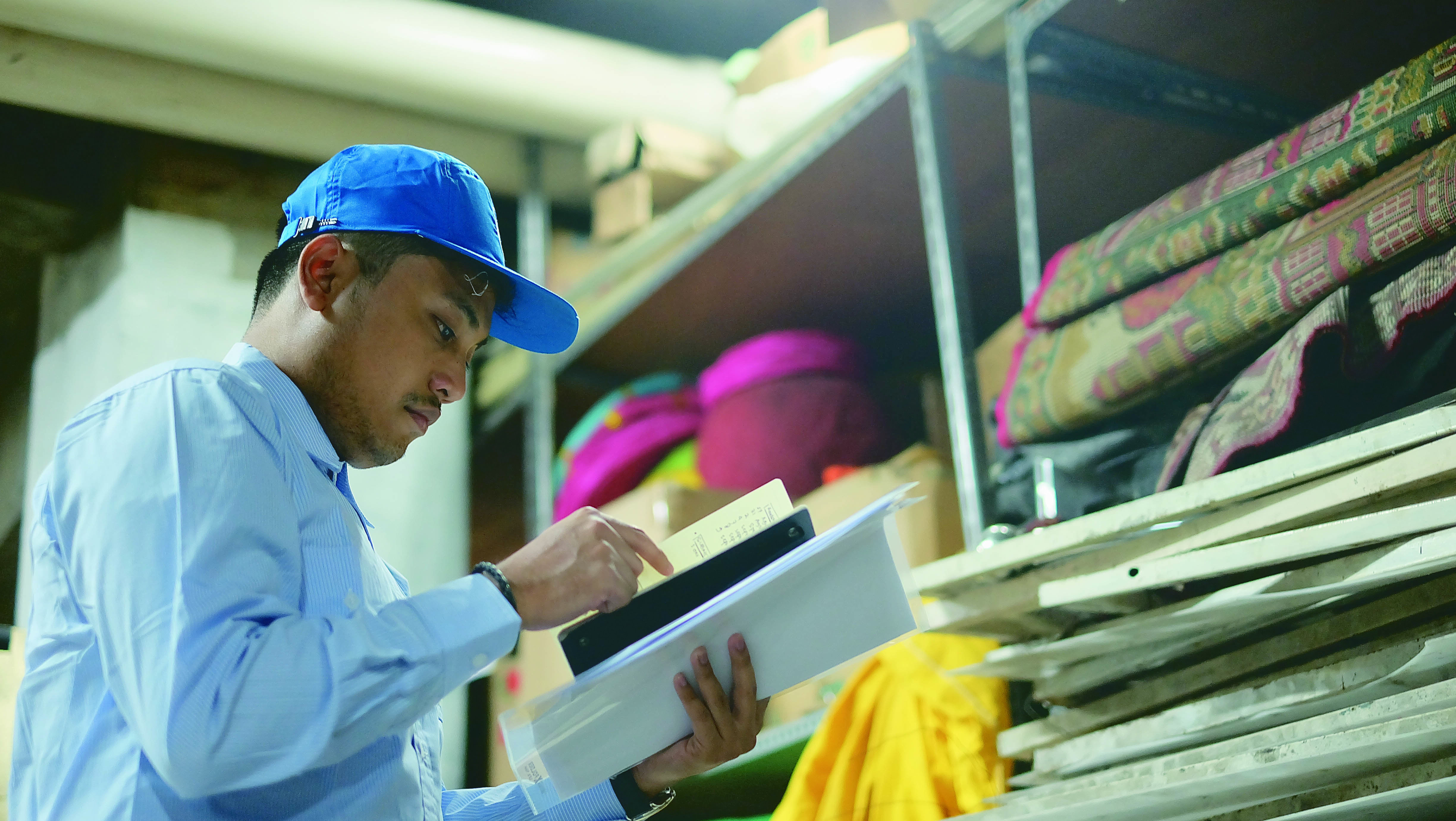
MONITORING
Is a continuous inspection or evaluation to assess of ongoing pest management plan. In ETSA monitoring is the important step to support successful pest management.
PEST PROFILES

RATS
Rats attack our food, they also spoil tons of food by contaminating them with their urine, faeces or fur. They have been responsible for, or implicated the spread of up to 55 diseases to people and domestic animals.

TERMITES
Termites are the most responsible pests in destroying woods and are found around the world. These insects are commonly found in soil, dead trees and wooden structures. Termites are social insects living in colonies, it means there is a division of labors among the different types of the insects, called castes.

FLIES
Flies are one of the most important pest groups have affected humans and human well-being for thousands of years because not only they are nuisance pests, but are also responsible for transmitting diseases.

MOSQUITOS
Mosquito pose a greater threat to man’s health and existence than any other pests. They are well known by most people because of there pesky biting habit. They transmit many dangerous diseases, such as malaria, yellow fever, dengue fever, some type of encephalitis and filariasis which have killed millions of people world-wide despite today’s medical advances. Some of dangerous species are Anopheles spp., Culex spp., Aedes Aegepti and Mansonia spp.

COCKROACH
Cockroaches are among the most responsible pests of households and commercial establishment. Not only their mere presence a nuisance but also they are capable of carrying many disease pathogens as well as causing allergic reaction to many people. Cockroaches have only evolved little during the 350 million years since their present on Earth. They have been able to survive from many environment changes over million of years.

ANT
Ants are social insects that live in colonies that are usually located in the ground, but they may enter the buildings for shelter and food. Just as many other insects, moisture is the key factor that determines the suitability of a potential harborage site.
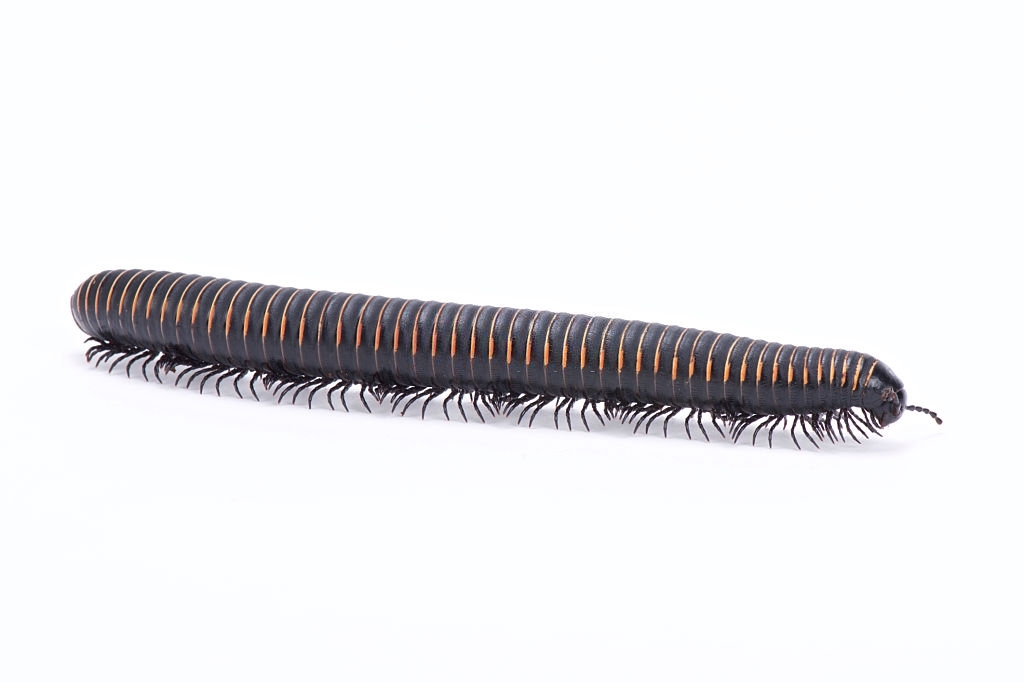
MILLIPEDES
Millipedes, also are commonly known as “thousand leggers”, normal live in damp places outdoors. They feed on damp and decaying organic matters (i.e vegetables, new roots, and green leaves). Members of several millipedes group give an off an ill smell, repugnant fluid that comes through the opening sides along of the body.
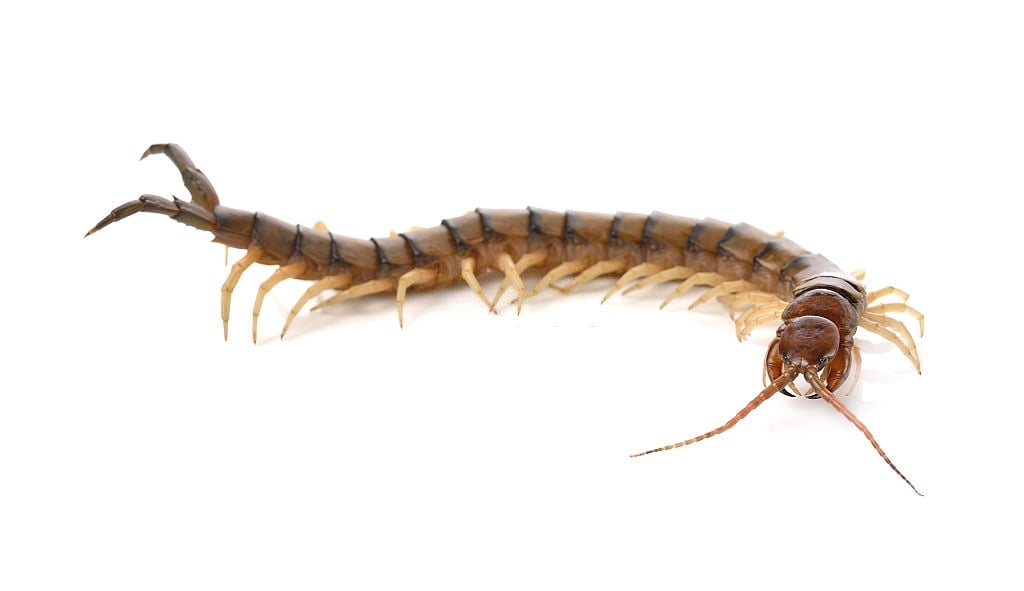
CENTIPEDES
Centipedes usually live in damp areas outdoors. Even though centipedes are predaceous and may have benefits to the environment, most people consider them a nuisance pest. Some species can inflic a painful bite and light swelling but it is not lethal.

SPIDERS
Spiders are predators, they paralyze or kill their prey with venom. They typically feed by injecting apredigestive fluid into their prey body and then they’re sucking the digested liquid food. Spiders can survive without food for several weeks to a view months.
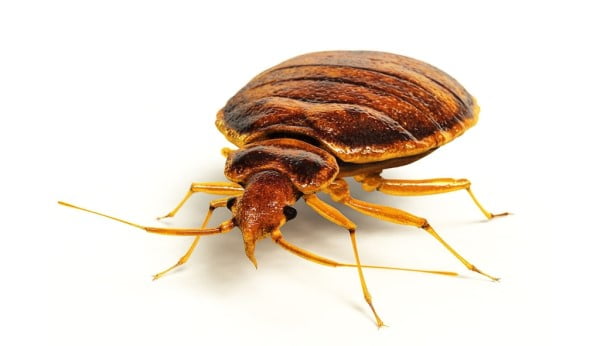
BEDBUG
Bed bugs is one of the greatest concern to the public not only because of their annoying and often painful bites, but more significantly because they are vectors of pathogens which cause diseases affecting humans and domestic animals. Infestations of bed bugs often go undetected until they are widespread. Bed bugs evolve to live closely to humans, they are crypytic and elusive.
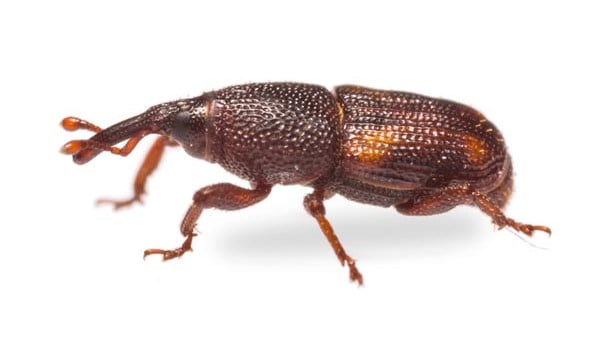
STORED PRODUCT PEST
They are usually found in product such as : dried fruits species, flour, bran, peas, grains, etc. Stored Product Pest can contaminate more food than they can eat. According to their feeding habits, they can beseparated into four groups: Internal Feeder, External Feeder,
Scavengers, Secondary Pests .

FLIES
Flies are one of the most important pest groups have affected humans and human well-being for thousands of years because not only they are nuisance pests, but are also responsible for transmitting diseases.
